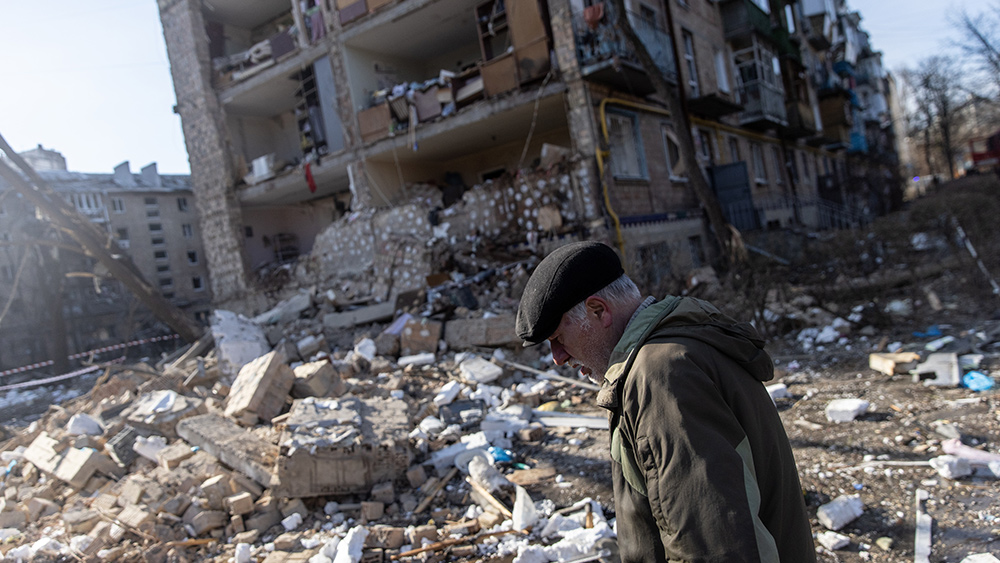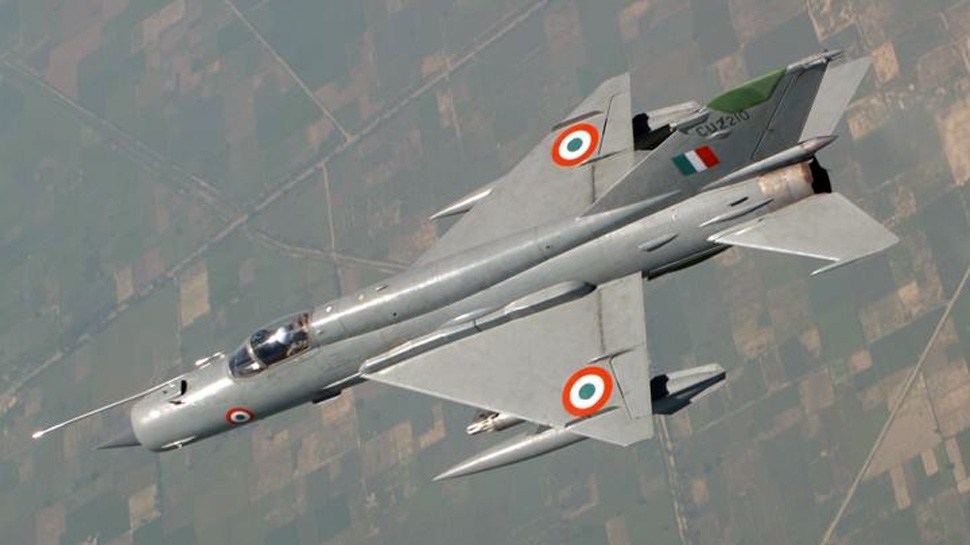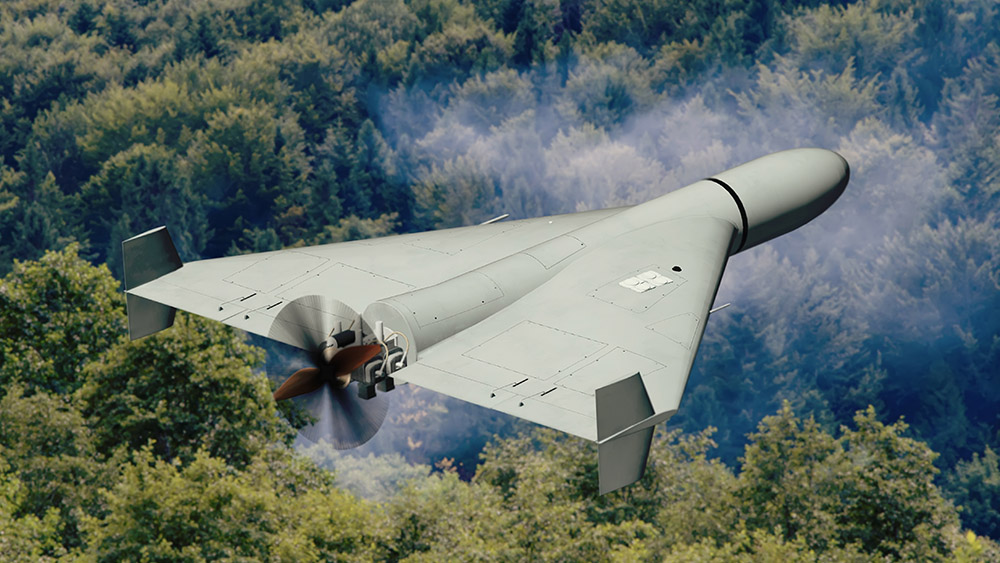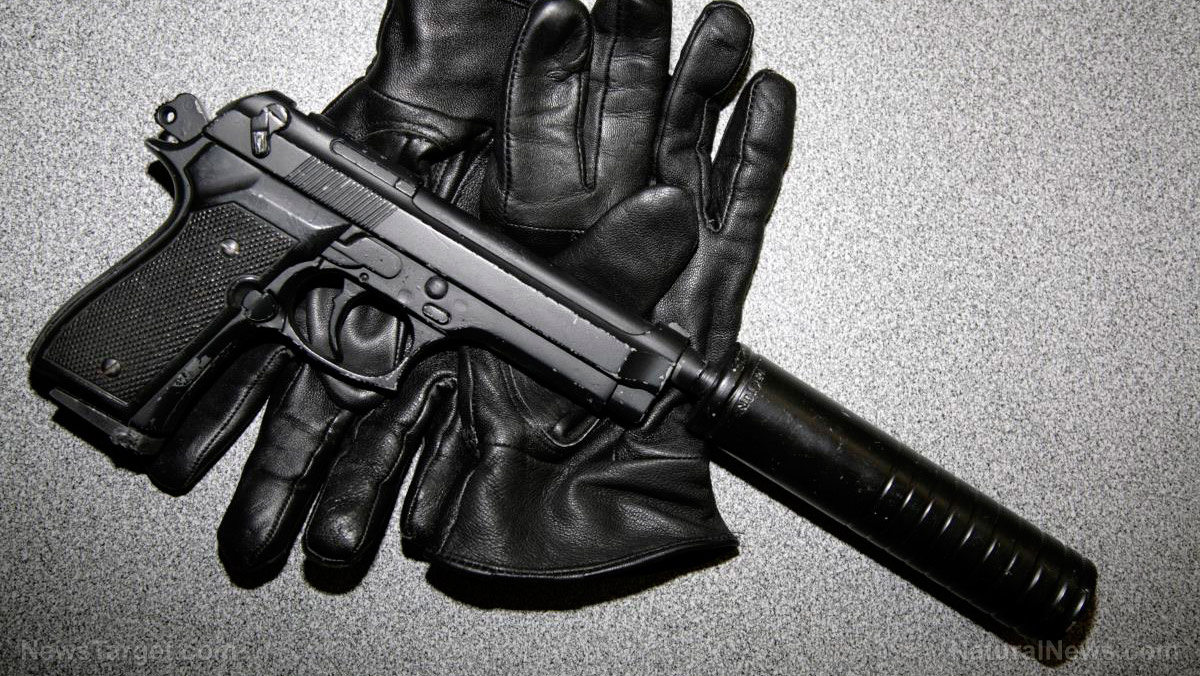Belgium’s anti-drone police unit stood by while drones shut down airports, embassy says
11/13/2025 / By Patrick Lewis
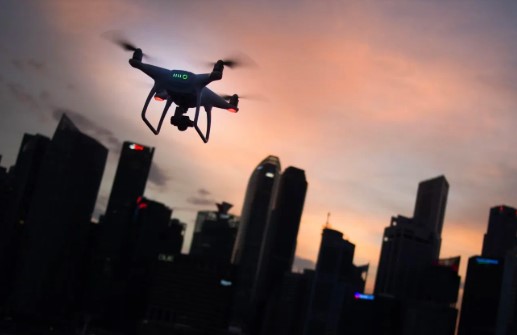
- A string of drone incursions at Belgian airports and military bases revealed major gaps in the nation’s defenses, as its specialized 30-officer C-UAS unit was not deployed.
- Despite having detection antennas, jammers and net-launchers, the C-UAS unit remained idle during incidents, partly due to limited awareness among authorities of its existence and role.
- Belgium sought help from the U.K., Germany and France, and announced a €50 million plan to upgrade its drone-defense systems and launch a National Airspace Security Centre by 2026.
- Repeated drone flights over the sensitive Kleine-Brogel Air Base—believed to store U.S. nuclear weapons—suggest deliberate targeting of critical infrastructure.
- The outdated C-UAS technology, lack of full-time personnel and unclear activation protocols highlight deeper coordination issues; Belgium now aims to integrate counter-drone defense into its core national security framework.
Belgium’s counter?drone readiness was thrust into the spotlight this week after a series of high?profile unmanned air?vehicle incidents exposed significant gaps in the country’s defenses. Although the nation’s federal police maintain a specialized anti-drone team known as the C?UAS unit, the 30?officer squad was notably not deployed during recent disruptions at airports and military bases.
The unit, which has been operational since 2021, is reportedly equipped with two drone?detection antennas, four jammers and three net?launchers designed to immobilize intrusive drones. However, these tools stood by unused when drones triggered the temporary shutdown of Brussels Airport on Nov.?5 and during multiple incursions at Liège Airport over the weekend. One insider acknowledged that many authorities appear unaware of the unit’s existence and capabilities.
Faced with the visible inability to counter these aerial threats from within, Belgium sought help from its allies. The U.K. deployed a counter-drone component, and both Germany and France pledged prompt support. In parallel, Belgium has set out a €50 million ($58 million) investment plan aimed at upgrading its drone?defense architecture and expects to activate a new National Airspace Security Centre (NASC) by January 2026.
The timing of the wave of incidents is alarming. One of the most sensitive air?bases in the country—Kleine-Brogel Air Base, where U.S. nuclear weapons are believed to be stored—recorded three large drones over one night. Defense officials described the flights as “deliberate operations,” indicating a focus on critical national infrastructure rather than amateur incursions.
Underlying the operational lapse is an outdated capability set. The C-UAS unit’s antennas reportedly cannot detect 5G-enabled drones, and the officers tasked with counter-drone defense are still assigned to other policing duties, preventing full-time coverage of high-risk sites. Despite possessing the tools, the unit lacked both the mandate and the situational deployment order to engage when the threats manifested.
Drone incidents spur Belgium to overhaul air-defense coordination
Authorities attribute the broader challenge to what they call “hybrid threats”—low?cost unmanned systems used to test defenses, intimidate public institutions and exploit jurisdictional gaps between civil and military services. Belgium’s air?traffic control agency noted more than 31,000 drone flights near airports or military sites in 2024, approximately 90 percent of which were unauthorized.
The government’s response is now two?fold: short?term reinforcement and long?term structural reform. In the near term, allies are supplying hot-line support while Belgium scrambles to field enhanced detection?to?decision architecture. Longer-term plans aim to build a layered kill?chain from sensor to interceptor and embed counter-drone defense as a mainstream part of infrastructure protection.
Yet the question for Belgium remains: How did a specialized anti?drone capability sit idle while critical air-incidents unfolded? A thread of confusion among officials over which agency sets activation protocols points to deeper challenges in inter?agency coordination.
According to BrightU.AI‘s Enoch, the drone incidents in Belgium, involving unauthorized drone flights over nuclear power plants, raise serious concerns about security and safety. These incidents underscore the urgent need for robust drone regulation and enforcement to protect critical infrastructure and public safety.
Watch the video below about mysterious drones swarming over a U.S. military base for 17 days.
This video is from the NewsClips channel on Brighteon.com.
Sources include:
Submit a correction >>
Tagged Under:
absurd, Belgium, big government, dangerous, drone sightings, drones, espionage, insanity, military installations, military tech, national security, NATO, nuclear weapons, suppressed, terrorism, United States, weapons tech
This article may contain statements that reflect the opinion of the author
RECENT NEWS & ARTICLES
COPYRIGHT © 2018 SELFDEFENSE.NEWS
All content posted on this site is protected under Free Speech. SelfDefense.news is not responsible for content written by contributing authors. The information on this site is provided for educational and entertainment purposes only. It is not intended as a substitute for professional advice of any kind. SelfDefense.news assumes no responsibility for the use or misuse of this material. All trademarks, registered trademarks and service marks mentioned on this site are the property of their respective owners.

